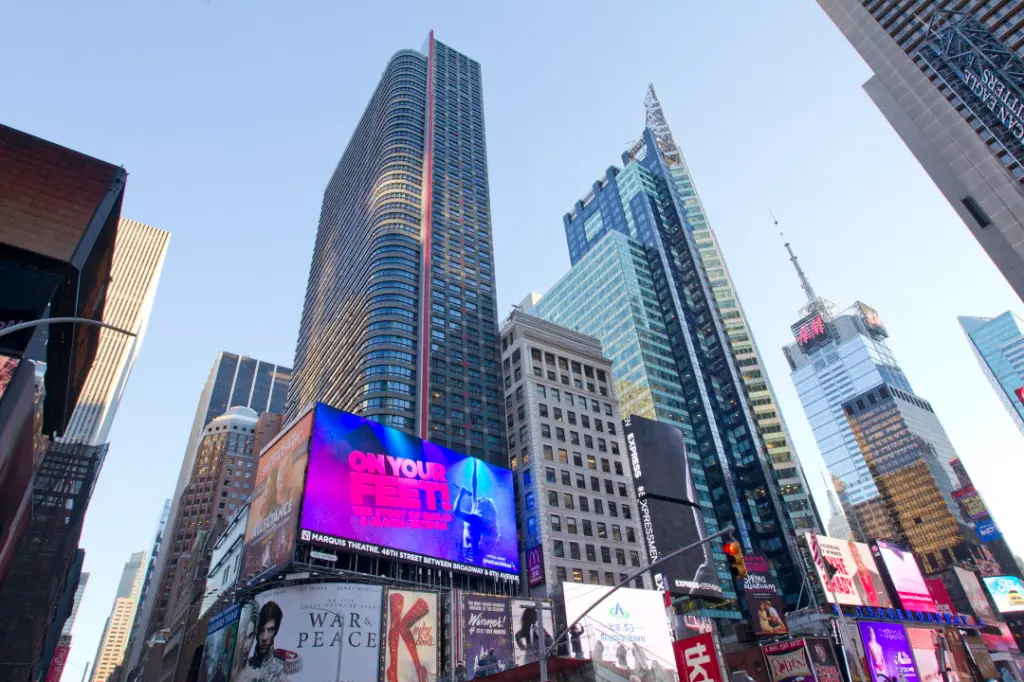Bubble burst or billion-dollar bonanza? The fate of India's retail real estate

India's retail landscape is undergoing a massive transformation. Malls are springing up like mushrooms, high-street brands are flooding the market, and e-commerce giants are expanding their physical presence. This boom in retail real estate has investors cheering, but questions linger: is it a sustainable growth story or a bubble waiting to burst?
The Rise
The numbers paint a rosy picture. As per JLL India, retail real estate investments crossed $2.2 billion in 2023, a 67 per cent increase year-on-year. Tier II and III cities are witnessing a surge, with developers recognizing the untapped potential of a growing middle class. The rise of e-commerce, surprisingly, fuels this growth. Physical stores are increasingly seen as experience centers, complementing online sales.
The report says by 2028, supply of retail real estate space will increase almost 45 per cent from the 91 million sq ft in seven major cities. This will be fuelled by developers expanding their retail footprint. The top seven are: Delhi-NCR, Mumbai, Pune, Bengaluru, Kolkata, Chennai, and Hyderabad. The report also highlighted in 2023, 8.7 million sq ft of gross leasing across malls and prominent high streets took place in the top seven cities with Bengaluru leading (33 per cent share), followed by Delhi NCR with 18 per cent share and Mumbai at 17 per cent share. Gross leasing refers to all lease transactions recorded during the period, including confirmed pre-commitments.
Fashion and apparel at 40 per cent had the highest share in total leasing volume. Super value and value fashion segments have witnessed great traction from leading retailers as they are launching their new formats and expanding in this segment.
The boom and growth drivers
Several factors are driving retail growth in India.
Rising disposable incomes: India's growing middle class has more money to spend, creating a demand for modern shopping experiences.
Urbanization: Rapid urbanization is leading to the development of new townships and satellite cities, requiring more retail space.
E-commerce integration: E-commerce giants like Amazon and Flipkart are increasingly investing in physical stores, blurring the lines between online and offline retail. Also, the sector is witnessing innovation in formats, with mixed-use developments, omnichannel experiences, and experiential retail gaining traction.
Government initiatives: Initiatives like Smart Cities Mission and relaxation of FDI norms are attracting investments in retail infrastructure.
Favourable demographics: India boasts a young and aspirational population, with a rising disposable income. This translates to increased spending power and a growing demand for modern retail experiences.
Concerns about a retail bubble waiting to burst
Despite all the optimism and statistics backing it up question linger if this growth is for real or just a bubble waiting to burst. Indeed there are reasons for optimism as India's retail market penetration is still low compared to developed economies, offering immense room for growth. Moreover the rise of omnichannel retail, with seamless integration between online and offline experiences, caters to evolving consumer preferences. And malls are transforming into leisure and entertainment destinations, attracting foot traffic beyond just shopping.
But the doubts are many. A potential economic slowdown could dampen consumer spending, impacting retail sales and occupancy rates. The sector's dependence on consumer spending makes it vulnerable to economic downturns. Rising inflation and interest rates could dampen consumer sentiment. Also, unplanned mall development could lead to oversupply, pushing down rentals and impacting profitability. While investments are high, absorption rates, especially in larger malls, remain a concern. Overbuilding in certain segments could lead to vacancies and declining rentals. While online giants are entering physical retail, they could also disrupt traditional brick-and-mortar stores. The environmental impact of excessive construction and energy consumption in malls needs to be addressed.
Indeed, while there are risks associated with the rise of retail real estate in India, the potential for growth is undeniable. By adopting a balanced approach that considers consumer needs, economic realities, and environmental sustainability, developers can ensure a thriving and sustainable future for this sector.

















